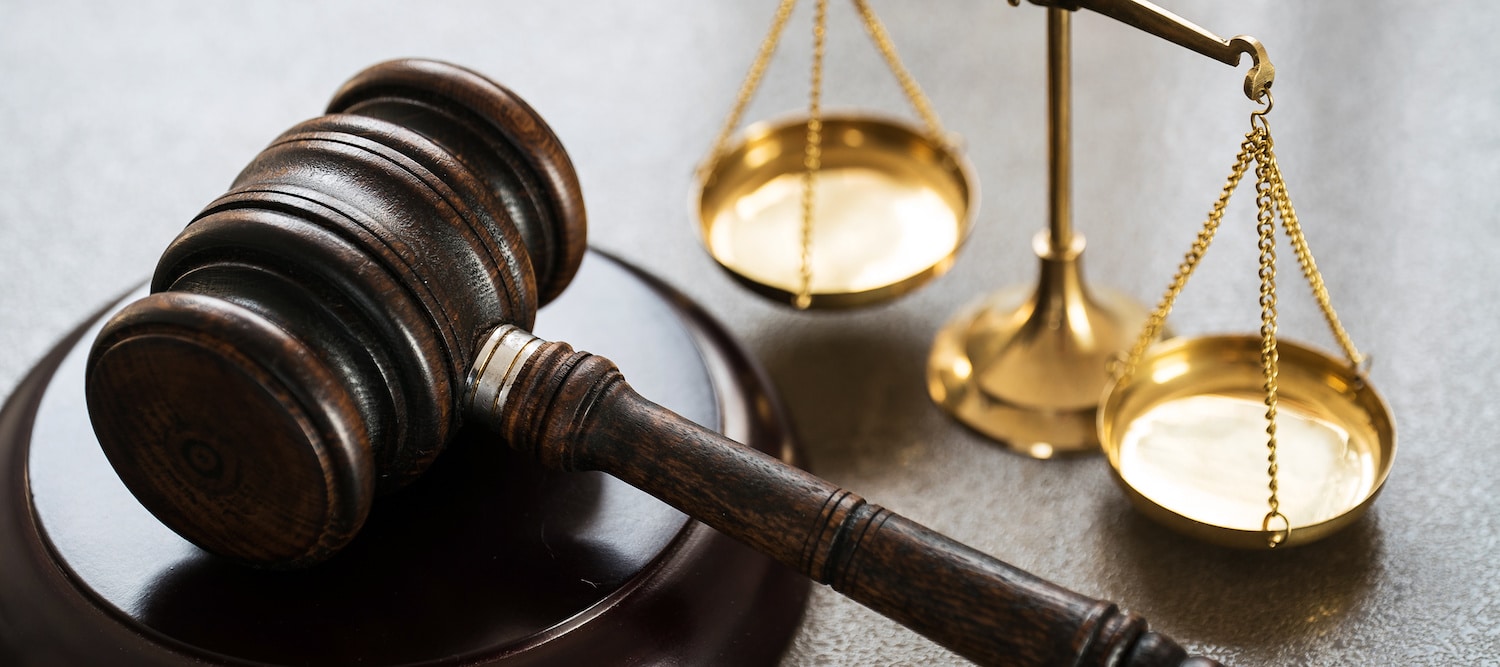
Arizona Files Supreme Court Lawsuit Against Owners Of Purdue Pharma
Jena Hilliard ❘
Arizona Attorney General Mark Brnovich has filed a Bill of Complaint in the U.S. Supreme Court against owners of Purdue Pharma – the Sackler family.
Read More ⟶

by Carmen McCrackin | ❘
Johnson & Johnson, alongside 3 major pharmaceutical distributors, have agreed to pay nearly $26 billion to settle thousands of Opioid-related lawsuits on Friday. These lawsuits claimed that their business practices helped fuel and maintain the deadly Opioid epidemic that has claimed over 500,000 American lives since 1999. Of the $26 billion in payouts, Johnson & Johnson agreed to pay $5 billion, and AmerisourceBergen, Cardinal Health, and McKesson will pay $6.1 billion, $6 billion, and $7.4 billion, respectively.
Forty-six states and nearly 90% of eligible local governments signed onto the deal, which the drug wholesalers agreed was enough to move forward with a “comprehensive agreement to settle the vast majority of the Opioid lawsuits,” according to their joint statement. By signing the deal, these localities and states have agreed to drop any present Opioid lawsuits against the companies and not pursue any future action against them. During the settlement, none of the companies acknowledged any wrongdoing for manufacturing and distributing large quantities of prescription medication and continue to deny attributing to the Opioid crisis with their aggressive drug marketing throughout the years.
Of the $26 billion, 85% of the payments will go to addiction prevention, treatment, and health care services. These payments will provide thousands of communities across the US with nearly $20 billion over the next 18 years. Examples of what communities can use this money for include creating public education programs, increasing the number of drug counselors and social workers in municipal courts, and paying for addiction treatment medicine used in correctional facilities.
There will be people alive next year because of the programs and services we will be able to fund because of these settlement proceeds.
Currently, there are no separate funds from the settlement dedicated to compensating the individual victims of the Opioid crisis. The hope is that these payments will help rebuild communities devastated by the Opioid crisis and prevent them from being flooded with high-risk medication in the future through newly-funded monitoring systems. The money is issued to start reaching communities in early April and will continue flowing for the next two decades.
Paid Advertising. We receive advertising fees from purchases through BetterHelp links.
Online Addiction Counseling
Get professional help from an online addiction and mental health counselor from BetterHelp.
Start receiving support via phone, video, or live-chat.
This settlement comes at a troubling point of the Opioid crisis as many who have developed an Opioid use disorder have switched to using Fentanyl, a synthetic Opioid 50 times stronger than Heroin. According to the Centers for Disease Control and Prevention (CDC), nearly 100,000 lives are lost a year to drug overdoses. The Opioid epidemic is not a new phenomenon by any means, and over the past 2 years, the number of annual overdose deaths have spiked by 50%. The introduction of Fentanyl into the illegal drug market, individuals turning to drugs during the pandemic, and a number of treatment facilities shutting their doors contributed to this spike in overdose deaths.
Many have accused pharmaceutical companies of creating and maintaining America’s Opioid crisis. Looking to expand the use of prescription Painkillers beyond malignant pain, many pharmaceutical companies marketed Opioids as less addictive or non-addictive in comparison to Morphine and with no dangerous side effects. Doctors, convinced of these claims, began prescribing these drugs and saw no repercussions to patients taking them. This growth in the prescribing of Opioids directly pushed the distribution of Opioids to elevated levels today.
The CDC describes 3 waves of the Opioid epidemic, with the first wave beginning in the 1990s as the rate of prescribing Opioids increased exponentially. In 1994, the Johnson & Johnson company created a strain of poppy to be used to manufacture and distribute large amounts of Opioids. The company made this specific strain in anticipation of future demand for Oxycodone which led to its future partnership with Purdue Pharma as their supplier. Johnson & Johnson additionally supplied 60% of all active ingredients for Opioids manufactured and sold in the US for years to come.
Treatment providers work with many insurances, including:




Check if my insurance covers rehab
Addiction Center is not affiliated with any insurance.
For over a decade, Johnson & Johnson ran marketing campaigns that assured all Opioids as safe for everyday pain. Since the company was the largest supplier of Opioid active ingredients, boosting the Opioid market positively impacted business. In 2001, the company continued to market the drugs as having a low risk of abuse and misuse, even after its medical advisory team and the FDA warned against it.
Johnson & Johnson has since stopped selling Opioids and has agreed not to resume. In contrast, the other 3 distribution companies have agreed to provide data to a clearinghouse, or middleman, to track when prescription drugs enter the black market.
While the 4 companies claim no wrongdoing in their settlement, surrounding lawsuits brought some troubling practices and actions to the public’s attention. One case revealed that drug wholesalers continued to distribute vast amounts of prescription pills to small, rural communities despite the heavy indication that the drugs, like OxyContin, were dispersed and sold across the black market. The amount of prescription medicine flooding these communities was often disproportionate to the local population.
In a separate lawsuit, an email shared between AmerisourceBergen executives revealed the use of language like “pillbillies” and “hillbilly Heroin” to describe those addicted to Opioids and to refer to OxyContin. These lawsuits, and subsequent lawsuits, highlight the questionable actions of these companies at the height of the crisis.
While the $26 billion settlement serves as a much-needed financial boost for communities to fund addiction prevention and treatment services, the damage done by Opioids throughout the nation will take years to mitigate. Opioid-related lawsuits focused on pharmacy chains that sold egregious amounts of prescription pills directly to consumers continue in other state and federal courts.
Last Updated:
Author
Carmen McCrackin

Carmen McCrackin earned a B.A. in Journalism from the University of Auburn and is a professional writer. Her passion for writing and educating others led her to a career in journalism with a focus on mental health and social justice topics. Her main mission is to be a platform for all voices and stories, and to provide tangible resources to those seeking recovery for themselves or loved ones.
Sources